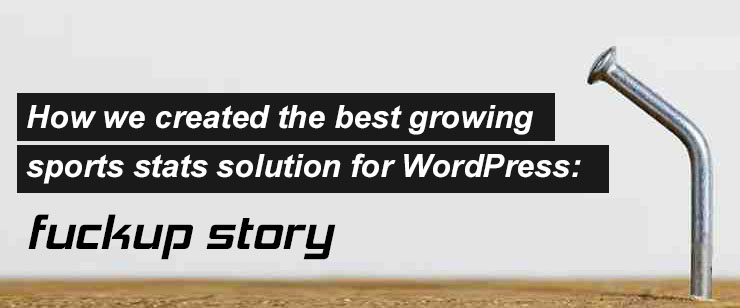
Fact: As of the current moment, we have managed to create the most stable growing Sports plugin on the WordPress market - JoomSport. It is growing steadily, and since its first release in 2016, there was no single week when active installs growth went below 0%. No other WordPress sports plugins can say the same about their product!
Active installs growth (the latest 9 months):
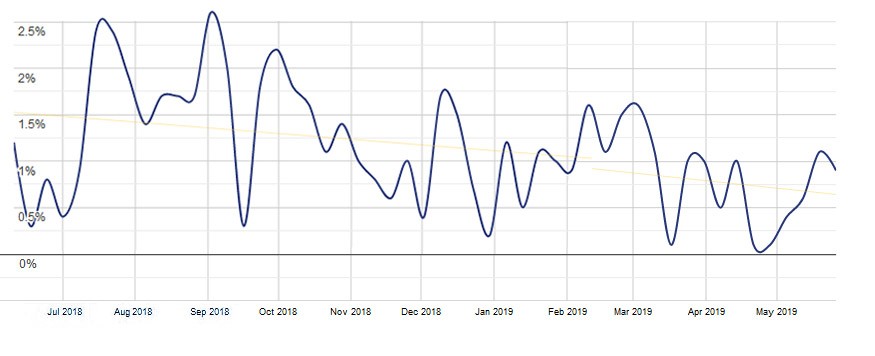
Downloads number (since the beginning):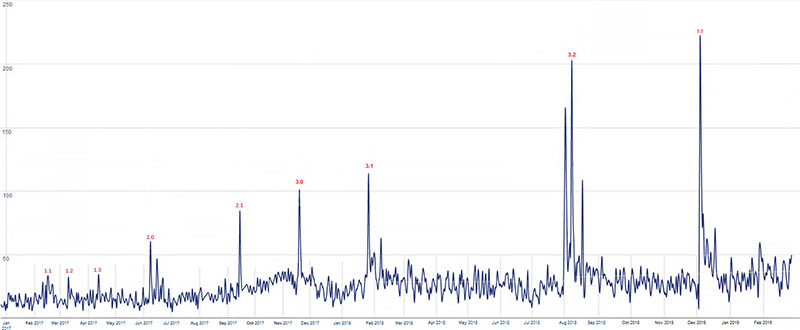
This was our failure. So were did we fuckup? You might ask…
The story began in 2009 when my partner Andrew decided to develop the solution for managing soccer stats for his own private league. The Joomla extension market was so hungry for sports solutions so once we pulled the first release we got a huge number of free downloads during the first day. It became extremely popular within a short period. We monetized the idea by offering a paid version of the product and started selling it through our site.
The first profit allowed us to hire a small team who would care about product development, testing, and support. Owners still had their primary job outside of the JoomSport at that time. Being in such state for almost 5 years JoomSport software grew without the proper attention to features implemented, code quality and overall strategy.
By the end of 2015, we had a disaster like situation: The Joomla market slowed down significantly, the software became unwieldy with a huge number of clunky features. It was the time to change something…
On November 2015, my partner and I decided to be involved on a full-time basis for JoomSport and change the software we loved.
We developed a strategy that consisted of three points:
- Rebuild the product to create the best sports stats solution worldwide
- Port our product to WordPress. So we wouldn’t lose this market point.
- Create a Mobile App builder integrated with our core solution, allowing us to deal with professional clubs and leagues.

Rebuilding the product (Nov 2015 - Jul 2016):
By the end of 2015, our JoomSport became a product with a huge number of unused and hard to learn features. The UI was poor; naming was terrible so as a result, we started having more and more customers complaining about our solution. “Hard to learn, hard to use, complicated” and “bad looking.”
We wanted to change all of this to create the solution that customers really love.
We started a full product review process at the beginning of 2016. The idea was very simple: "Let's create a product that will be powerful yet VERY simple to learn. Customers will love the simplicity." We then followed the number of directions to achieve the goal.
Here are they:
- Cut as many features as possible. Remove anything that was not used by many customers.
- Items naming review. We checked every item to see if it really reflects the value it delivers. As a result, ~80%! of our product strings were replaced.
- Pages UI. Fully reviewed every single page and implemented many standards for UI as well as coding. Some features were redeveloped from scratch. Bootstrap framework was used to get all pages to the same flat looking and modern view.
- We started gathering feedback for product ideas on our new feedback portal and were trying to answer "NO" as many times as possible for the new feature requests.
- Evaluating the new features using a complicated process, so we knew we are adding only critical elements.
By the mid of 2016 we released the new version of JoomSport that was significantly different from what we had till that moment. 
Porting our solution to WordPress (Jul 2016 - Jul 2017).
For some reason, the team decided not to port the solution to WordPress in 2014 even we understood the Joomla CMS market had started weakening. There was already a well-known plugin named League Manager on WordPress catalogue and the team thought it would be hard to tackle it.
We did a mistake. At the same time, the first version of SportsPress (current active installs leader) was released. They quickly picked up the empty niche and grew to ~15000 installs by the moment when we brought the first JoomSport release to the public. So, we entered the sport WordPress solutions market a year and a half later than we could! This late market entrance turned into very slow growth in the initial stages. I understand this better now: what if a customer sees the solution with 100 active users and the solution with 100-x time's bigger audience? Of course - many leads don't even install it; don't want to spend their time comparing the leader and others..." This is what happens when you do not pay proper attention to your product and the markets in time.
The second big mistake we did was actually entering this market after we missed that chance to enter early. After so many efforts spent on solution development, we started the market evaluation. We suddenly realized that the market niche is not that big, and it would be hard to feed our current team and future development even if we were the first and the biggest here.
Asa conclusion, it was fact that we entered the market late – instead of exploring blue oceans we had to fight sharks in red water. A cherry on top, the market was not that big as we expected to be.
If it were there now, I would put my investments into a stand-alone product in a different niche rather than porting our solution to WordPress.

Creating the Mobile App (July 2017 - Feb 2018)
Another difficult decision we took was building the Mobile App. Extremely expensive development (iOS and Android developers cost a fortune!) took us ages to create and soaked all our investments. We have it now and have the first customers using it successfully. The problem is that such an expensive feature requires quite a lot of efforts to sell it. It is a pity we realized this fact after we’d built this.

Changing our sales method and pricing (April 2018 - May 2018)
One of the best decisions taken was changing our pricing strategy. Starting from 2010 and until May 2018 we were oriented to very low budget customers and were selling onetime fee licenses. This resulted in many small level sales to people that were using our software for ages but never paid us a penny for expensive product development. Our support manager was overloaded with many tech requests that never paid off neither. On the other hand, because of that load, we couldn’t pay proper attention to better customers.
We did two changes: switched to subscription model sales and increased our pricing 2-3 times on different positions. That allowed us to remove extremely low budget customers and free some supporter time for the clients who deserved our attention. The upside of this was that we found a segment of customers who are ready to work with us on a long-term basis that could support us constantly. So now, we don’t try to compete on price, but focus on quality and proper delivery for someone who is ready to start working with our products and rely on our support.
Finally, the subscription model allowed us to count our main business parameters. We counted such critical SAAS financial indicators like Live Time Value (LTV), Average Revenue Per Account (ARPA), Monthly Recurrent Revenue (MRR). We are no longer financially blind! – We know who our customer is, we know how much we can invest in marketing, we can evaluate better the changes and the new product that we implement.

Creating API data connector (July 2018 – December 2018)
This was not part of our strategy. One of our customers paid for this feature and agreed to share the source code with us. We built the soccer data feed integration. Therefore, that allowed our customers to import data into the product for major public soccer leagues. We did not expect much from this feature but in fact, it turned that many customers were interested.
Nowadays not many clubs or leagues (well except some private leagues) want to fill the game results for public leagues their selves manually. Almost every pro level club is looking for the two tools: Automatic data feed for the leagues were they participate + import tool to add their own game results using CSV.
Retrospective
So let do a retrospective of the mistakes we did and the things we learned.
- We missed the moment when we should enter the WordPress market in 2014.
- We entered the WordPress market when it was full of sports solutions and one big leader.
- We entered the niche without the proper market evaluation.
- We paid a lot of attention to product quality and building features instead of paying attention to sales processes and active customer relation management.
- We built an expensive Mobile solution without proper attention to how we should sell it.
What we do different now:
- We are now paying a lot of attention to our internal customer relationships and sales processes. CRM, Customer relation processes - are the things we are improving much now.
- We are always trying to evaluate the market before we start building any features or tools.
- We are interviewing potential customers. Ideas list and voting are insufficient! We are visiting our customers offline, discussing potential(s) with them and pay a lot of attention to the features they need and use already. So we know what market requires before we build the new solution.
- Another thing is that we are paying attention to niches that are popular with tech investors. Not because of the money but mostly because they reflect the potential interest in modern software.
What is next on our roadmap?
Based on that customer interest, DATA become our key focus now and we are planning two new ventures in that area. The first one will be creating big soccer database to become a reliable soccer data feeds provider. We started creating Statorium football API service already and plan to release to the public shortly. The second one will be dedicated to scouting and will use Machine Learning technologies to improve player selection process for professional soccer clubs and intermediate agents.
Keep tuned for our updates, we are creating something cool!
Thanks for reading!
Dmitry,
the BearDev team co-founder.
p.s. Many thanks to Kraftblik marketing agency and Bruce Ogilvie for helping me with this post prep!
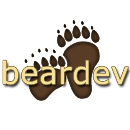

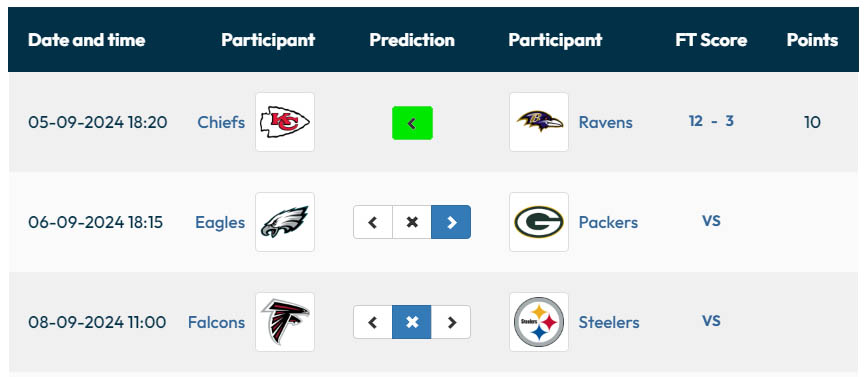


Comments